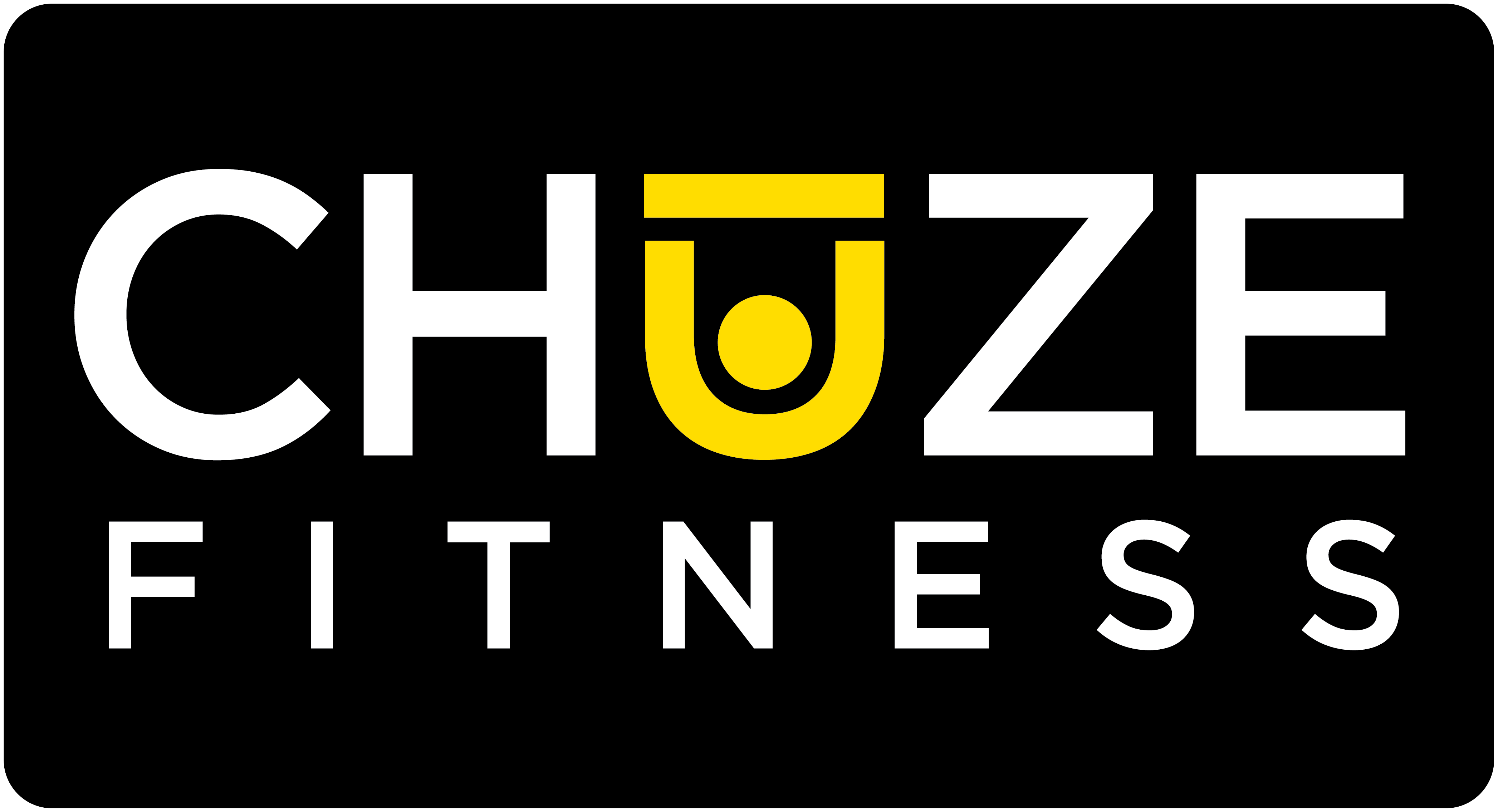PURPOSE: A medical emergency can happen at any time. It’s important for everyone to recognize when a medical emergency is occurring and understand our internal protocols in an event.
Our members, guests, and fellow employees depend on our facilities and team members to be prepared for potentially life threatening situations.
• Do you know what to do if there is a medical emergency in your club?
• Do you know where to quickly locate an AED* and first aid kit in your club?
• Do you know that at least one CPR/AED certified team member must be in the club at all times during operating hours?
*AED stands for Automated External Defibrillator, a small portable device used to help restore a person’s heart to a natural rhythm after suffering a sudden cardiac event. You cannot injure a person by using an AED, as it is designed to deliver a shock only when needed.
Educating yourself prior to an emergency is the best form of preparation. Review the AED RESPONSE PROTOCOL below for detailed information on the steps to take when confronted with a medical emergency situation. This document can be found on the AEDtotalsolution.com website, it should also be printed and available for all club employees in the event of an emergency.
✓ Remain Calm
✓ Dial 9-1-1 from any phone. It is important that the caller be near the victim as the 911 dispatcher may have questions about the victims condition.
✓ Announce a medical emergency over the club’s paging system. “Attention staff, we have a medical emergency at ______ (location of emergency). Members and guests, if there is a doctor or medical professional in the club please report to ________ (location of emergency)”
✓ ALWAYS retrieve AED and first aid kit and bring to injured person. Even if it does not appear the person is having a cardiac event it is difficult to tell if circumstances may change
✓ Check and assist the injured person until arrival of Emergency Medical Services. Depending on severity of the injury, this may include basic CPR and/or administration of the AED
✓ Assess injured person Briefly assess patient’s breathing status (5-10 seconds)
• If they are not breathing, or patient is only gasping, begin CPR starting with compressions, at a depth of 2-2.4 inches for adults, or 1/3 the depth of the chest for children and infants
• Continue CPR until AED arrives, alternating between 30 compressions and 2 breaths, at a rate of 100-120 compressions per minute
• If desired, use compression only CPR, without performing breaths
✓ Begin AED Response: As soon as AED is available, turn on AED and follow prompts.
• If needed: Remove victim from pool of water (AED may be used on snow or ice). Wipe chest if wet from water or sweat
• If needed: Shave chest with disposable razor available in the CPR kit. (Discard razor according to company procedures.)
• Apply AED pads. (For victims <55lbs or <8 years of age, use pediatric setting if available.*) *Users of pediatric pads or pediatric setting should have Infant and Pediatric CPR training.
• Make sure that AED pads are placed in proper location and make good contact with victim’s chest. Do not place AED pads over the nipple, medication patches, or implantable medical devices. (Note – if victim has an implantable cardiac defibrillator (ICD) which is discharging as evidenced muscle contraction similar to when an AED discharges, wait 30-60 seconds for cycle to complete before attaching AED pads.) (One inch/2.5 cm separation between AED pad placement and implantable medical device is recommended.)
• If shock is recommended, shout “clear” and do not touch victim. Deliver shock as advised by AED. Resume CPR for 2 minutes, then allow AED to assess victim’s rhythm. Repeat cycle as needed.
• Continue CPR and follow AED defibrillation prompts until otherwise directed by AED or EMS.
• Transfer responsibility for victim to EMS when directed or appropriate.
✓ When EMS Arrives: Responders should document and communicate important victim information if known to EMS such as; name, known medical problems, allergies, medical history, time found, initial and current condition, and information from the AED if available, number of shocks delivered, time of first shock. Assist as requested by EMS.
✓ AED Post-Use Procedure: Document the event and contact CPR1 immediately, by calling 1-855-888-2771
Club management will follow other post incident steps (as applicable), including following up on status of injured person (if hospitalization required), checking equipment and ensuring internal / external communication guidelines are followed
By reviewing these important steps now and often, you will be better prepared for a medical emergency, whether it is a drill or an actual event.
Remember the chain of survival and make the first minutes count!
